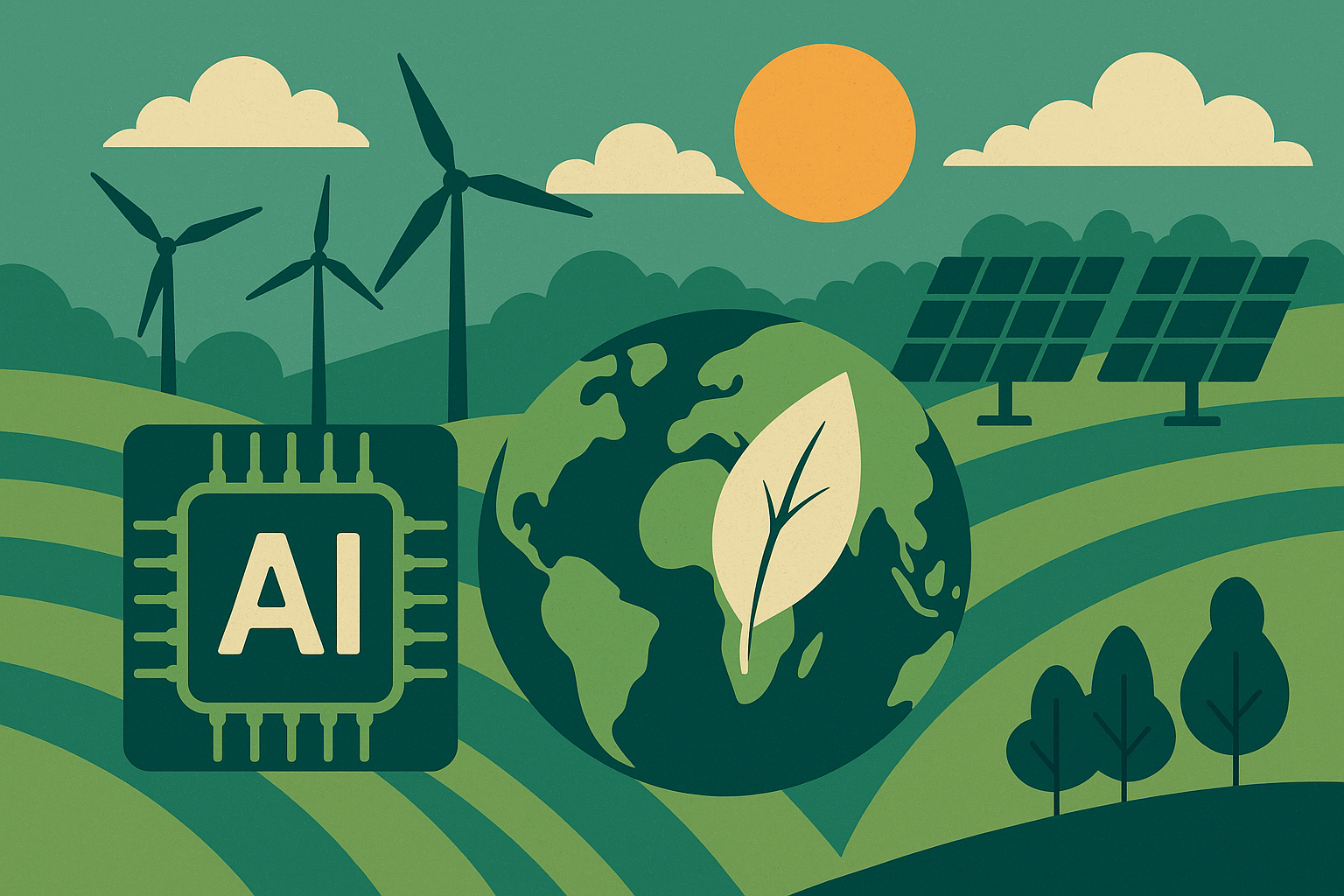The AI Sustainability Revolution
As the world races to achieve net-zero emissions by 2050, artificial intelligence has emerged as a powerful ally in the fight against climate change. The global market for AI in sustainability is projected to reach $36.8 billion by 2027, growing at a staggering 24.3% CAGR (MarketsandMarkets, 2025). From optimizing energy grids to monitoring deforestation in real-time, AI is enabling breakthrough solutions that were unimaginable just a decade ago. Tech giants and startups alike are leveraging machine learning to reduce carbon footprints, with Google's DeepMind AI reducing data center cooling costs by 40% and Microsoft's AI for Earth program supporting over 1,000 sustainability projects worldwide.
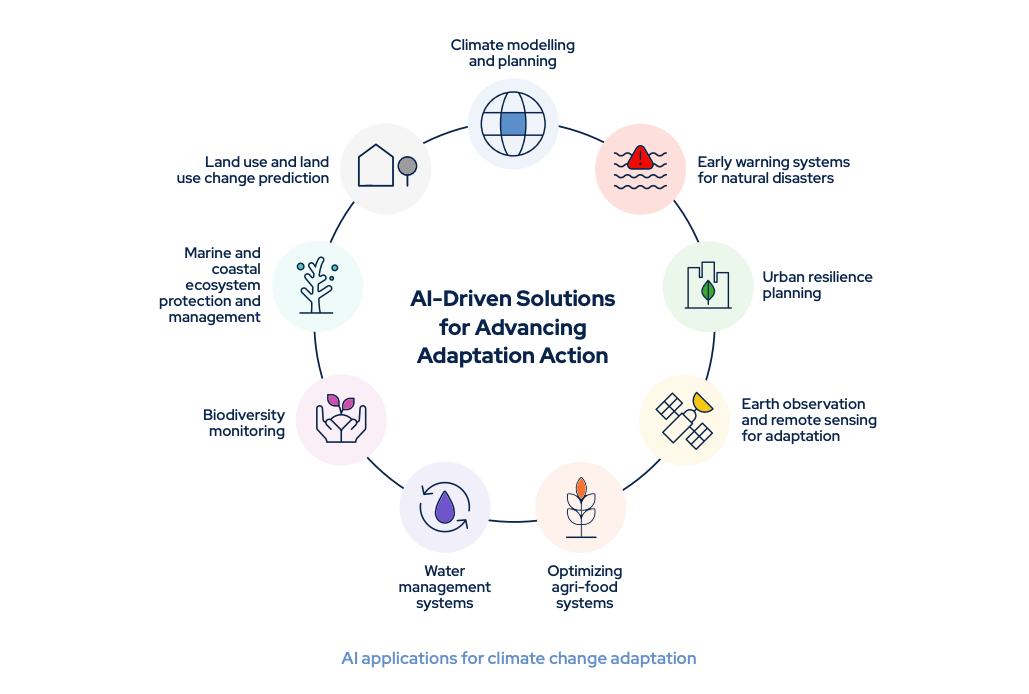
AI applications in climate change mitigation and environmental protectionSource: United Nations Framework Convention on Climate Change: How AI Can Be a Powerful Tool in the Fight Against Climate Change
AI could help reduce global greenhouse gas emissions by 4% by 2030 (BCG, 2025)
Sustainable AI market to reach $36.8B by 2027 (MarketsandMarkets, 2025)
AI-powered energy optimization saves 2.5 gigatons of CO2 annually (McKinsey, 2025)
90% of industrial companies now use AI for sustainability goals (Deloitte, 2025)
Smart Energy: Optimizing Renewable Resources
The transition to renewable energy is being accelerated by AI's ability to predict, optimize, and manage complex energy systems. DeepMind's neural networks now forecast wind power output 36 hours in advance with 99% accuracy, enabling better grid integration. In solar energy, AI-powered robotic cleaners maintain photovoltaic panels at peak efficiency, increasing output by 15% while reducing water usage by 50% (NREL, 2025). Virtual power plants, powered by AI, are creating dynamic energy markets where millions of distributed energy resources—from home batteries to electric vehicles—can be orchestrated in real-time to balance supply and demand, reducing energy waste by up to 30%.
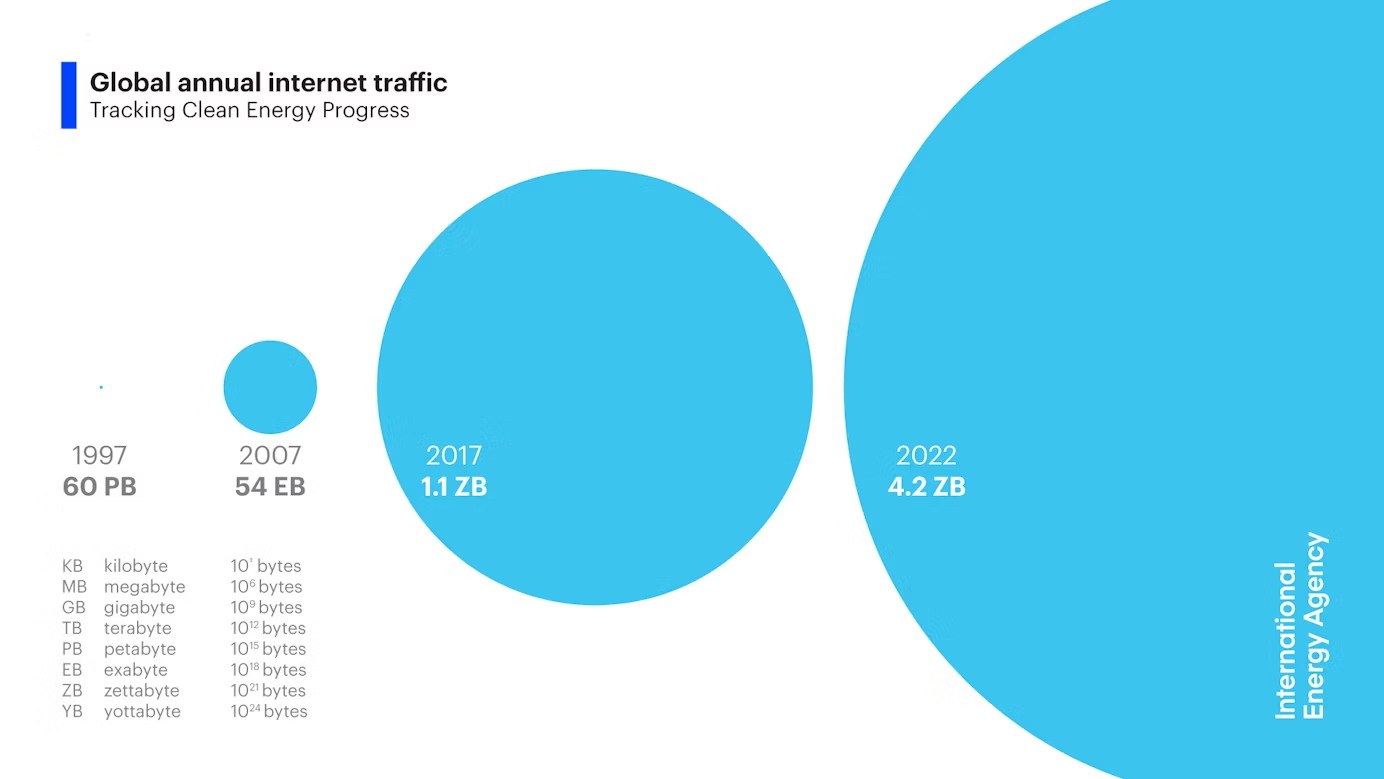
AI-managed smart grid integrating renewable energy sourcesSource: IEA: Digitalization & Energy 2025 Report
AI improves renewable energy forecasting accuracy by 20-30% (IEA, 2025)
Smart grids with AI reduce energy waste by 30% (McKinsey, 2025)
Global smart meter installations to reach 2.1B by 2027 (Navigant Research, 2025)
AI-optimized buildings reduce energy consumption by 40% (World Green Building Council, 2025)
AI in Circular Economy and Waste Management
The circular economy is getting smarter with AI-driven solutions that optimize resource use and minimize waste. Advanced computer vision systems now sort recycling with 95% accuracy—double that of human sorters—while robotic arms powered by reinforcement learning can disassemble electronic waste 10 times faster than humans (Ellen MacArthur Foundation, 2025). In fashion, AI is enabling on-demand manufacturing that reduces overproduction by 50%, and in food systems, machine learning algorithms are cutting supermarket food waste by 30% through better inventory management and dynamic pricing. These innovations are creating a new paradigm where 'waste' becomes a resource, and products are designed for disassembly and reuse from the outset.
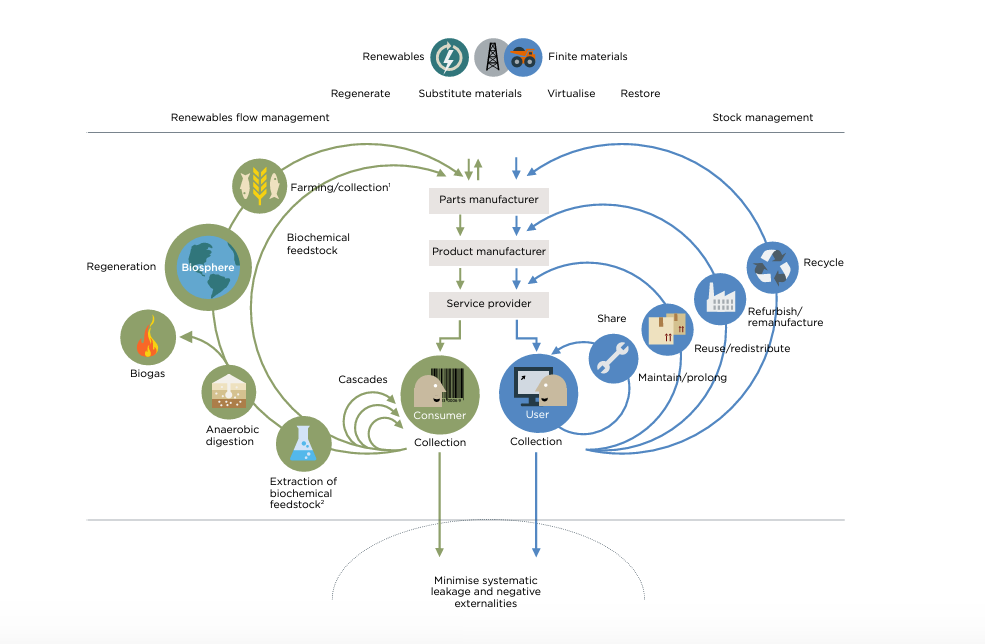
AI-powered robotic systems for waste sorting and recyclingSource: Ellen MacArthur Foundation: AI in the Circular Economy
AI-powered recycling increases material recovery by 35% (World Economic Forum, 2025)
Food waste reduced by 50% with AI inventory systems (FAO, 2025)
Fast fashion waste cut by 40% through AI-driven production (McKinsey, 2025)
E-waste recycling efficiency improved 3x with AI (UNEP, 2025)
Nature Conservation and Biodiversity Protection
AI is revolutionizing conservation efforts by providing unprecedented insights into ecosystem health and biodiversity. Acoustic monitoring systems powered by machine learning can identify and track endangered species through their calls, covering thousands of square kilometers with minimal human intervention. In the Amazon, AI analyzes satellite imagery in real-time to detect illegal deforestation with 96% accuracy, enabling rapid response to environmental crimes (WWF, 2025). Ocean conservation is also benefiting from AI, with autonomous underwater vehicles mapping coral reefs and monitoring marine life populations, helping to protect 30% of the world's oceans by 2030—a key target of the UN's Sustainable Development Goals.
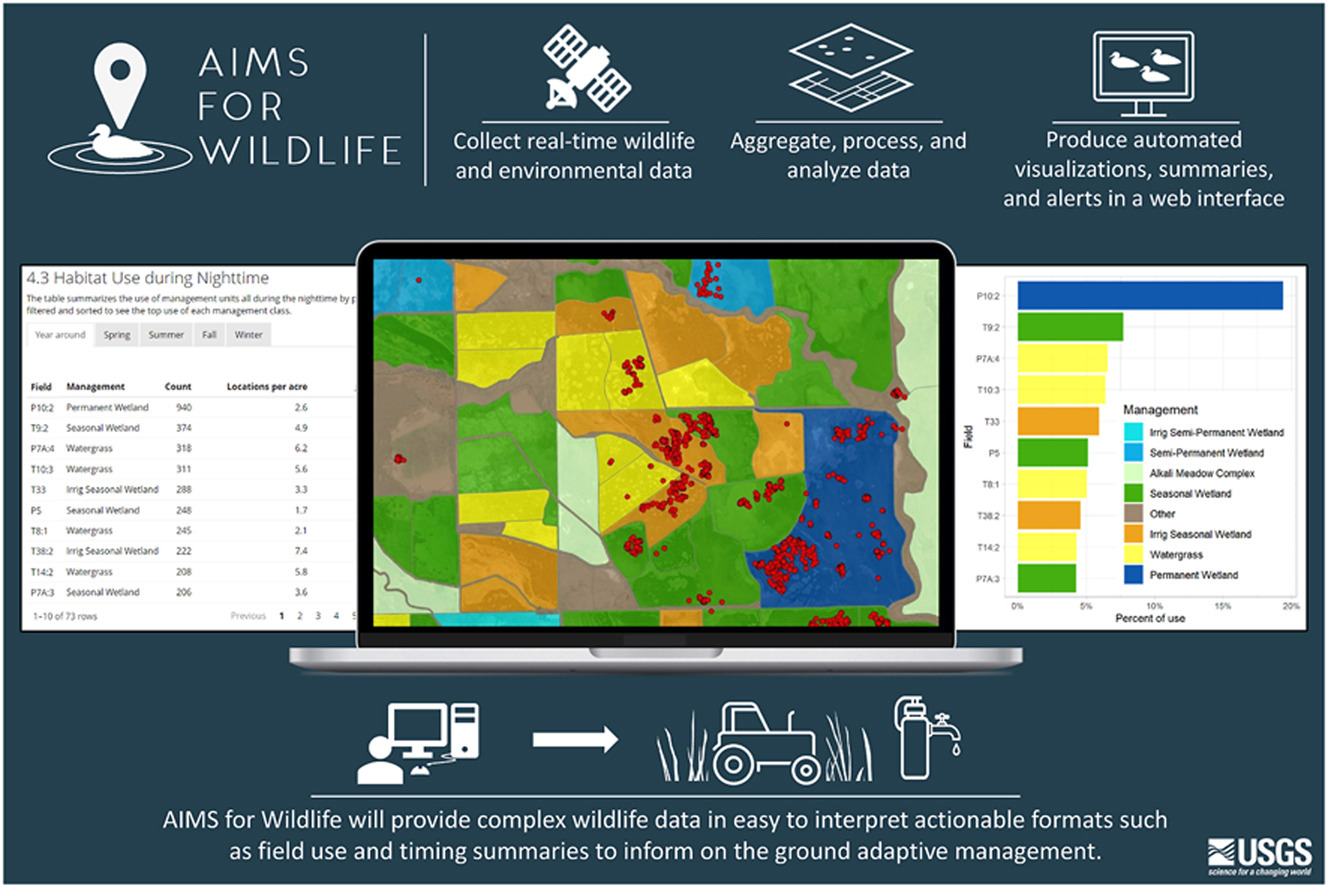
AI-powered wildlife monitoring and conservation technologiesSource: WWF: Technology for Nature 2025 Report
AI reduces illegal deforestation detection time from months to hours (Rainforest Connection, 2025)
Acoustic monitoring tracks 500+ endangered species (Cornell Lab of Ornithology, 2025)
AI-powered drones plant 100,000+ trees daily (Droneseed, 2025)
Marine conservation AI processes 100,000+ images daily (OceanMind, 2025)
Sustainable Agriculture and Food Systems
The agricultural sector, responsible for 25% of global emissions, is being transformed by AI into a model of sustainability and efficiency. Precision agriculture systems using computer vision and IoT sensors reduce water usage by 50% and pesticide use by 90% while increasing yields by 25% (FAO, 2025). AI-powered vertical farms are revolutionizing urban food production, using 95% less water than traditional farming while producing 100x more food per square foot. In supply chains, blockchain and AI are increasing transparency, reducing food miles, and cutting waste by 30% through better demand forecasting and inventory management. The result is a more resilient, sustainable food system that can feed 10 billion people by 2050 without further deforestation.
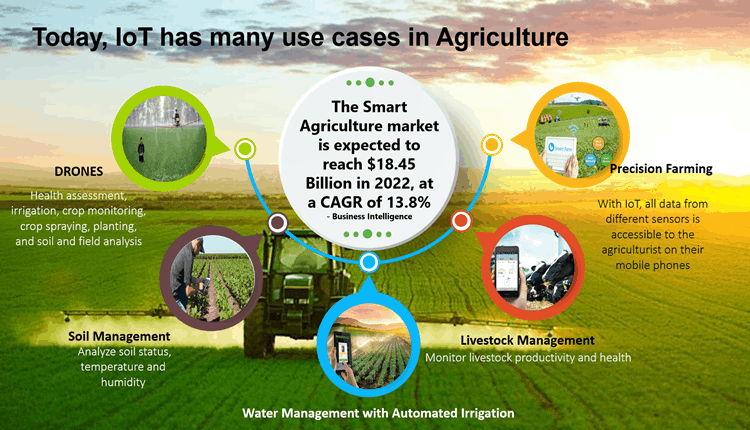
AI and IoT in precision agriculture and smart farmingSource: FAO: The Future of Food and Agriculture 2025
Precision agriculture reduces water usage by 50% (FAO, 2025)
AI crop monitoring increases yields by 25% (Nature Sustainability, 2025)
Vertical farming uses 95% less water than traditional agriculture (USDA, 2025)
Food supply chain emissions reduced by 20% with AI optimization (WRI, 2025)
The Path to Sustainable AI: Challenges and Opportunities
While AI offers tremendous potential for sustainability, it's not without its own environmental footprint. Training large AI models can consume significant energy, with GPT-4 requiring an estimated 50 MWh per training run. However, the industry is responding with more efficient algorithms, specialized AI chips, and the use of renewable energy for data centers. The development of 'green AI'—focused on creating energy-efficient models—is gaining momentum, with recent models achieving 10x efficiency improvements. As we move forward, the key will be to ensure that the environmental benefits of AI applications significantly outweigh their operational impacts, creating a virtuous cycle of sustainable innovation.

Sustainable AI towards sustainable futureSource: Science Direct: Sustainable AI towards sustainable future 2024
AI model training efficiency improved 10x since 2020 (Stanford AI Index, 2025)
Renewable energy powers 75% of major cloud providers' data centers (IEA, 2025)
Carbon-aware AI reduces ML training emissions by 80% (Google Research, 2025)
Sustainable AI market to grow at 28% CAGR through 2030 (PwC, 2025)
References
Boston Consulting Group. (2025). How AI Can Be a Powerful Tool in the Fight Against Climate Change.
International Energy Agency. (2025). Digitalization & Energy 2025.
Ellen MacArthur Foundation. (2025). AI in the Circular Economy: Intelligent Assets.
World Wildlife Fund. (2025). Technology for Nature: 2025 Impact Report.
Food and Agriculture Organization. (2025). The Future of Food and Agriculture: Trends and Challenges.
McKinsey Global Institute. (2025). The Role of AI in Accelerating Sustainability.
World Economic Forum. (2025). Harnessing AI for the Earth.
United Nations Environment Program. (2025). AI for Environmental Challenges.
PwC. (2025). Sustainable AI: Balancing Innovation and Environmental Impact.
Stanford HAI. (2025). AI Index Report 2025: Measuring Trends in AI.
Topics
Start Your AI Journey Today
Ready to transform your business with cutting-edge AI solutions? Contact our team of experts to discuss your project.
Schedule a Consultation